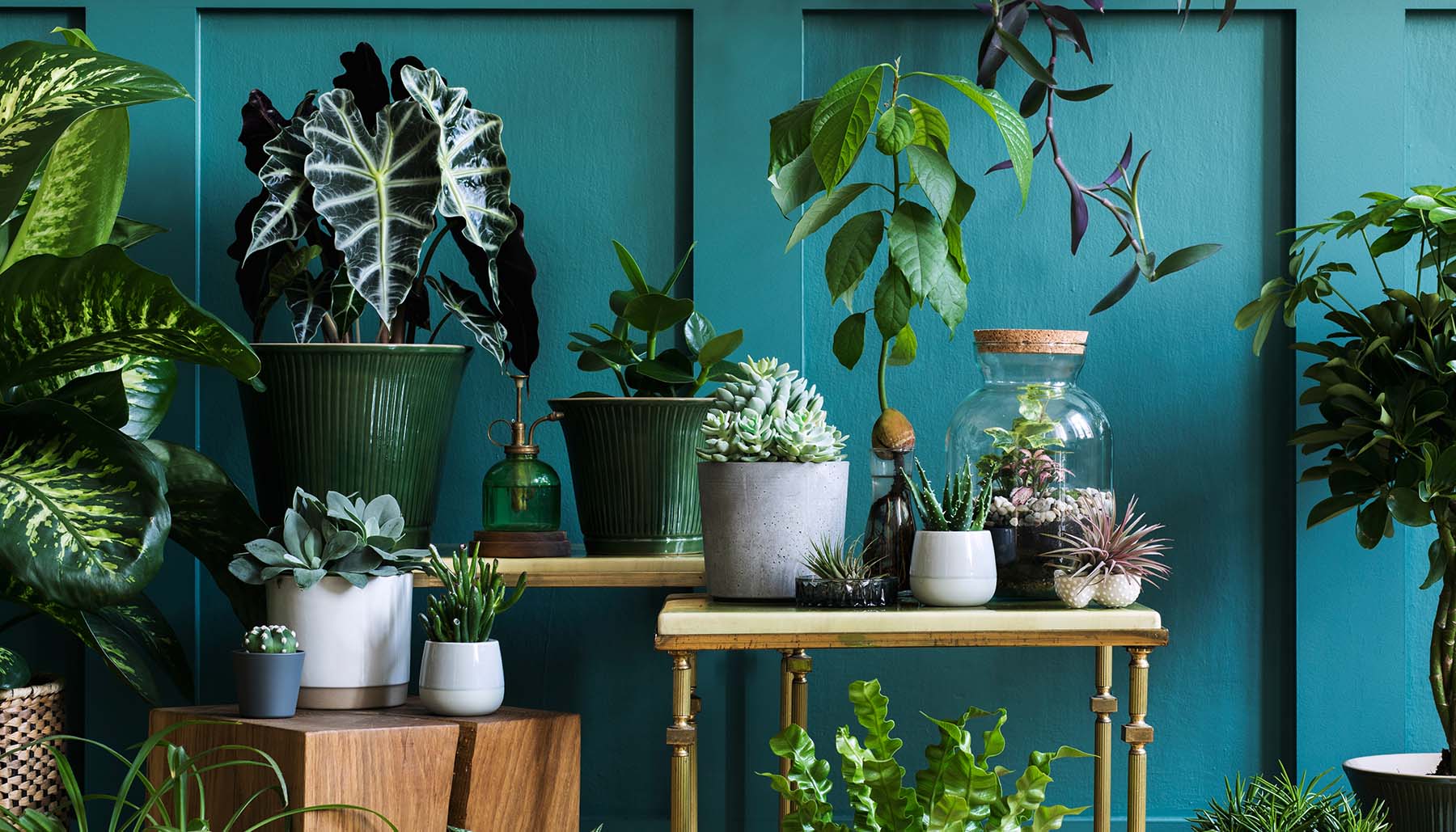Becoming a seasoned gardener takes time, patience, and practice. When growing your green thumb, it’s often easier to start indoors.
We’ve all heard friends and family say they just can’t keep plants alive, no matter how hard they try. You may even be one of them! Whether or not you consider yourself ‘doomed to kill any and all plants, there are a special few there that might change your mind.
When it comes to hardy house plants, these 14 thrivers and survivors are famously the hardest to kill.
Snake Plant
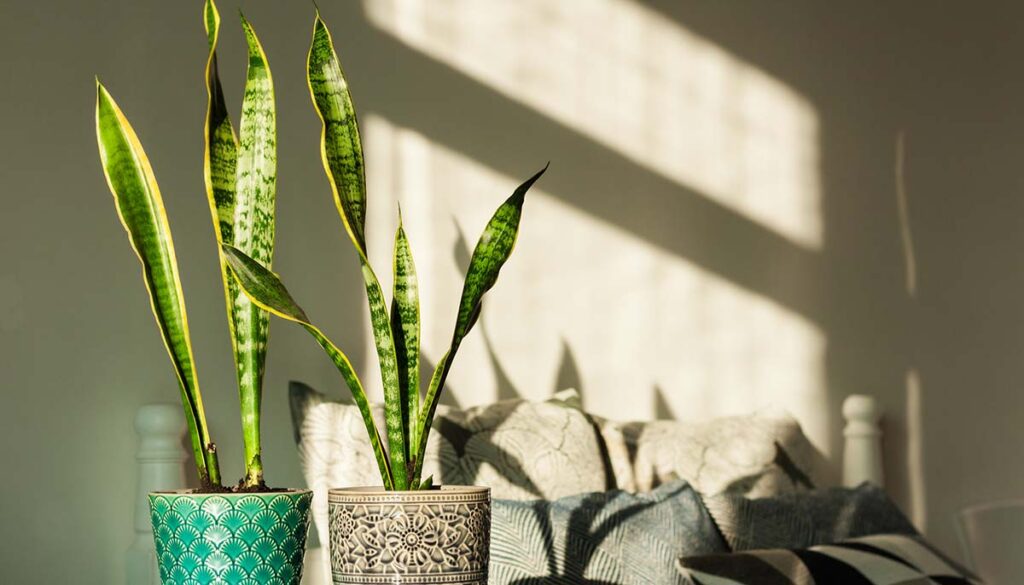
Snake plants will often do their own thing, with or without your support. Also called mother-in-law’s tongue, this one tends to do best when left alone often and coddled less.
No matter how forgetful you might be, snake plants will usually adapt. They can withstand neglect better than your average houseplant. Even if you forget to water them for a few weeks, or even a month, your snake plant can still thrive. In fact, it’s better to let the soil completely dry out between waterings.
Low maintenance and easy on the eyes, this one’s not remotely picky about lighting conditions, but it’s definitely a lover of low light.
Dumbcane

The next time you’re out shrubbery shopping, look for signs of hard-to-kill house plants. Take Dumbcane, for example. Similar to the Chinese Evergreen, its dark, spotted leaves are a visual indication of general hardiness.
The trick to making Dumbcane happy is simple: keep the air dry. It can handle most lighting situations and periods of neglect, but it doesn’t do well in the cool, wet air.
Chinese Evergreen
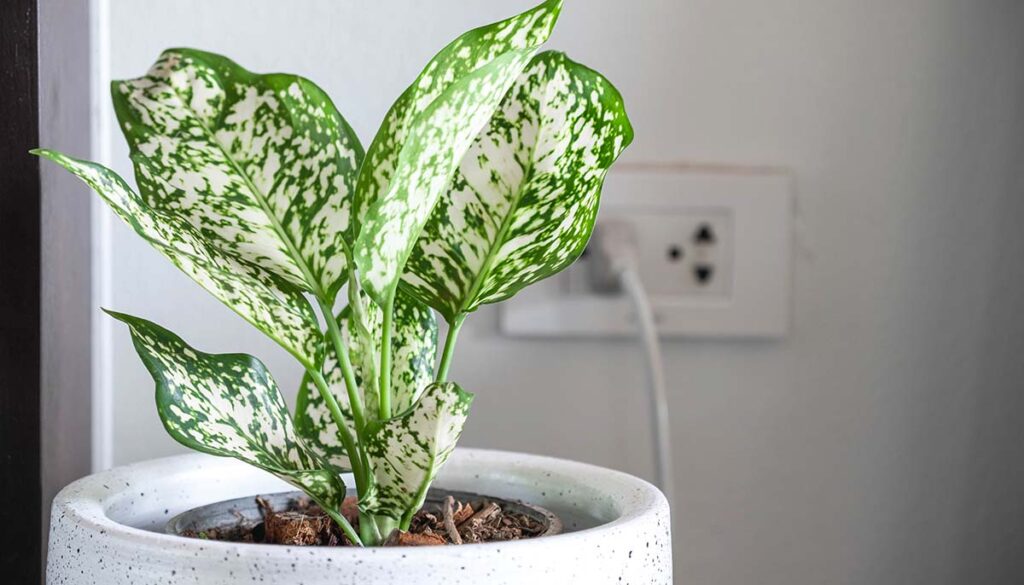
Chinese Evergreens are so self-sufficient that you might start to worry you aren’t doing enough. But there’s no need for that. These vibrant plants are visually stunning and tough as nails.
“For the haphazard plant-lover, you cannot beat a Chinese evergreen,” per Smart Garden Guide. As long as you keep your Chinese evergreen out of direct sunlight, it’ll thrive just about anywhere.
ZZ Plant (Zanzibar zamiifolia)

Best known as the ‘ZZ plant,’ the Zanzibar gem is often declared one of the most resilient house plants on earth. From not-so-great lighting conditions to periods of extended drought, ZZ plants can handle just about anything thrown their way.
A great plant for beginners, it can withstand uneven waterings better than almost any plant. Horticulture Magazine even calls it “the one plant you can’t kill.”
Read More: Gardening 101: Basics of Pruning Your Plants
Hoya
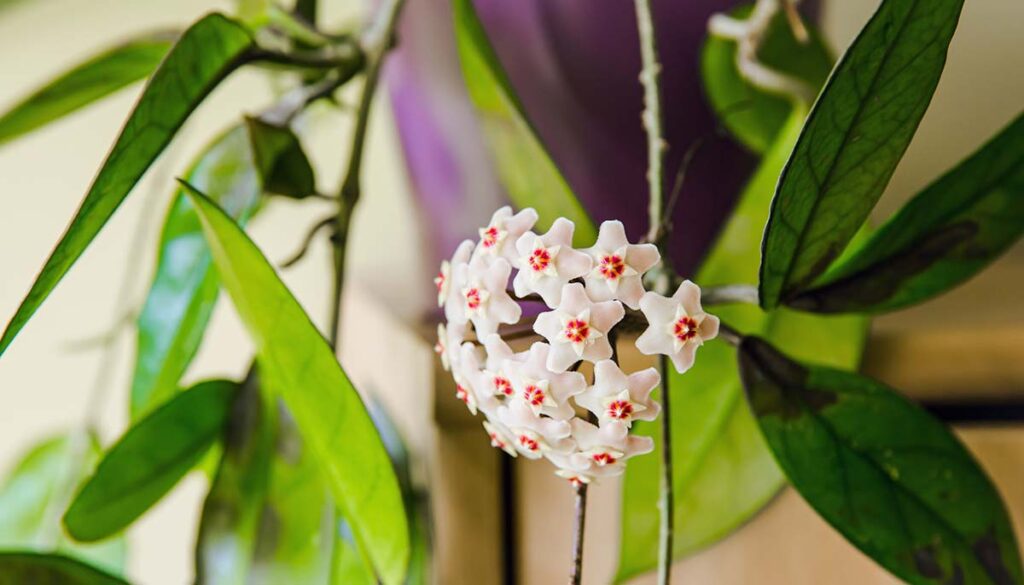
Hoyas can handle a little neglect, but you’ll still need to pay attention to them when they need it. The good news is that these waxy-leaved lovelies won’t ask for much. Most importantly, they prefer lots of bright but filtered light. So keep them out of direct sunlight.
If you want your Hoya to be healthy, you’ll need to let the soil completely dry out between waterings. You’ll know things are going well when you see its tiny, trademark flowers bloom. And you might be surprised just how beautifully it blossoms.
Bamboo Palm
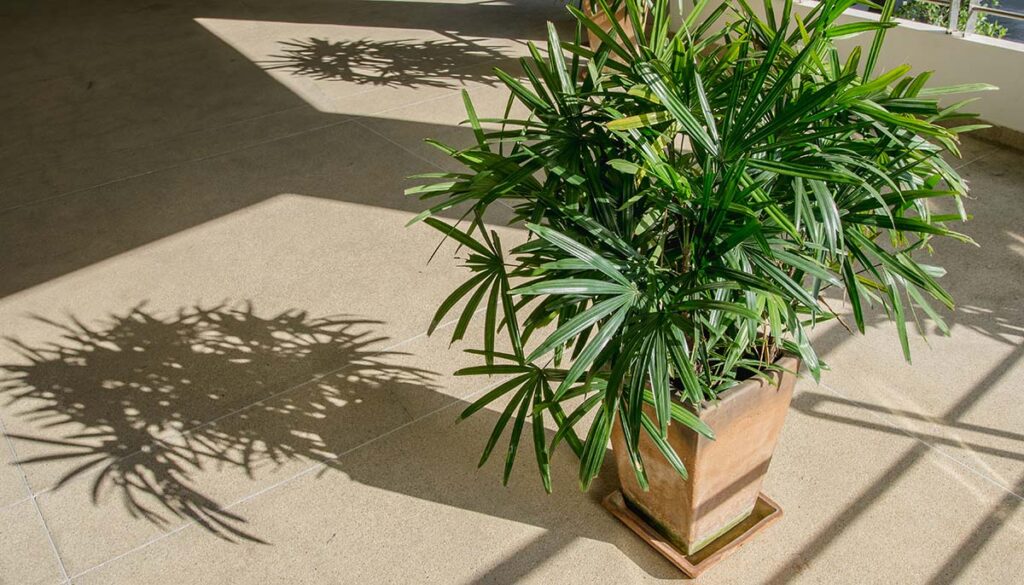
There’s a reason bamboo palms are frequently used to decorate waiting rooms. They’re incredibly hardy and equally hard to kill.
For best results, keep your bamboo palm in a humid environment. And if the fluorescent bulbs at the dentist or doctor’s office didn’t give it away completely, they’re shockingly comfortable in just about any lighting situation.
Cast Iron Plant (Aspidistra elatior)

If you need a plant that can tolerate extreme conditions of just about any kind, the cast iron plant is a solid option. This long, leafy fellow doesn’t need attention very often.
Like many potted plants, the one thing that can easily kill this otherwise indestructible plant is root rot. So don’t let the soil get too soggy, and it should live happily in your home.
Peace Lily
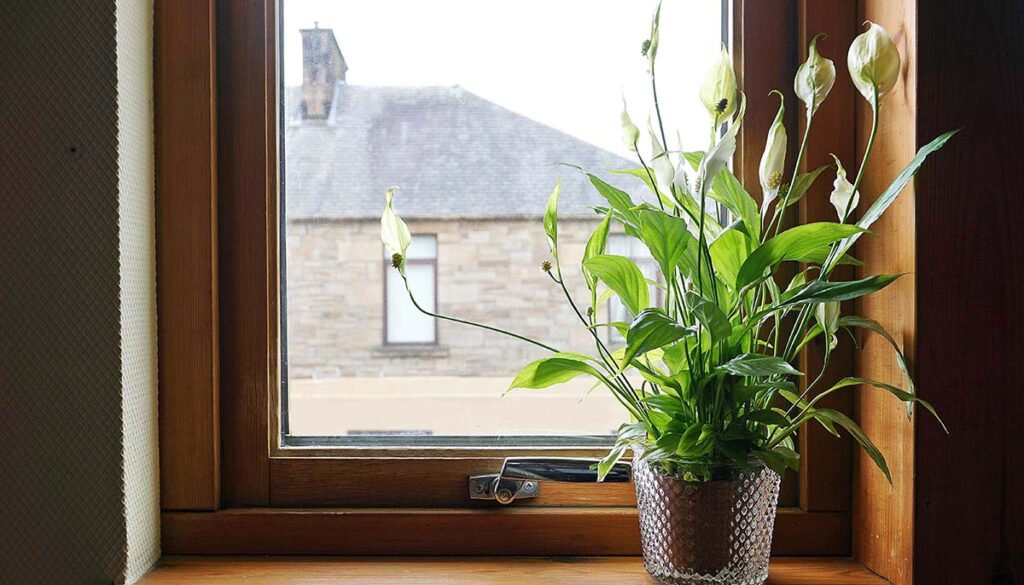
The peace lily is popular for its looks, air purifying abilities, and ability to bloom in just about any situation. The trick is to keep this house plant warm and out of direct sunlight.
To keep it alive for a long time, you should avoid overwatering. If you’re not sure when it needs more water, wait for the leaves to start drooping. And when in doubt, let it fully dry out. The peace lily is an extremely drought-tolerant plant.
Read More: How to Make Grocery Store Flowers Look Pretty — and Last Longer
Jade Plant
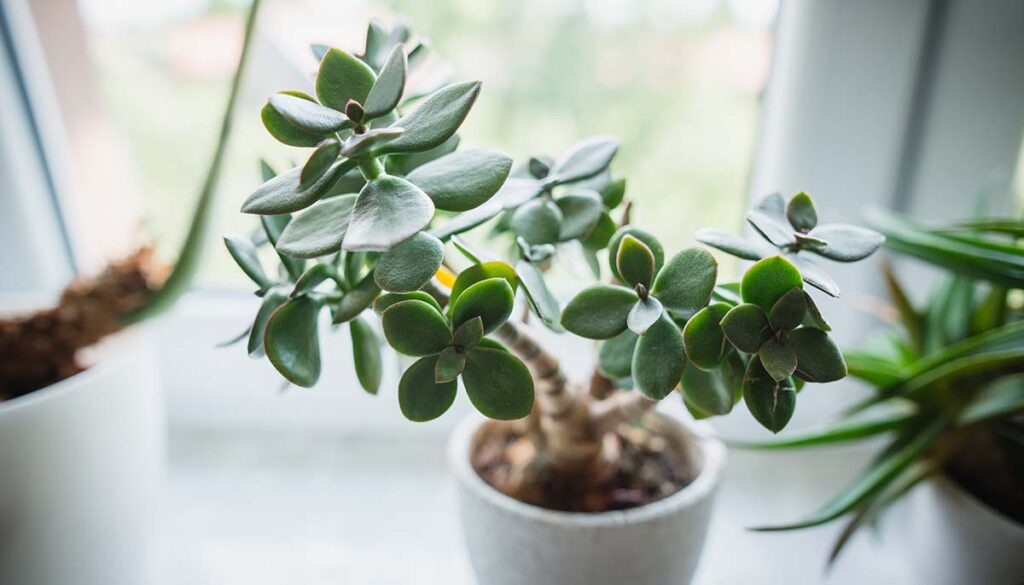
This Southern Africa native is one of those special succulents that does incredibly well indoors. Placed in the perfect spot, they can easily grow with the flow for years. And they’re rarely fussy.
For best results, put your Jade somewhere with direct sunlight, avoid overwatering, and watch this tree-like plant take off with ease.
Flaming Katy (Kalanchoe)
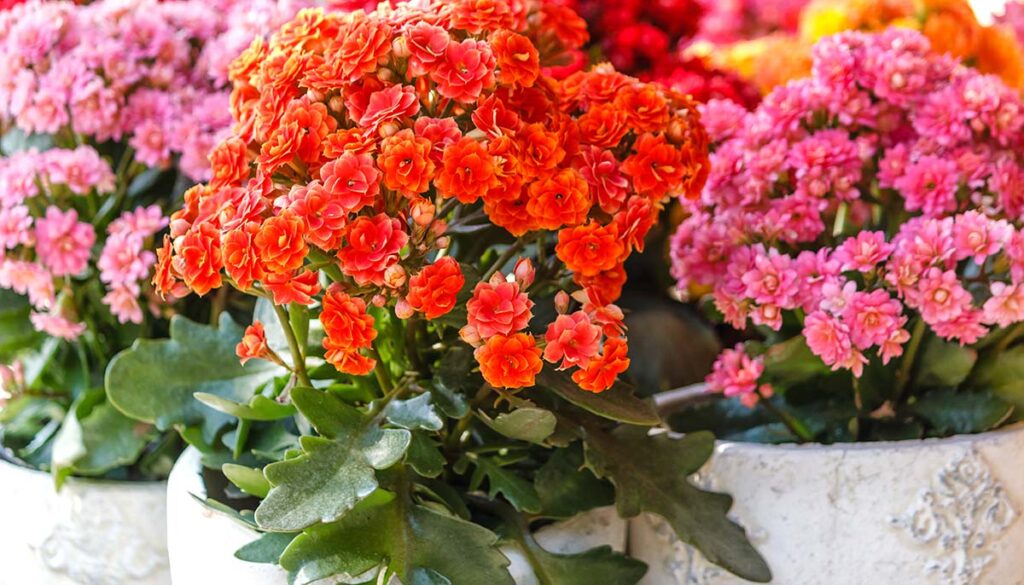
The Flaming Katy doesn’t need much attention. In the world of flowering plants that last, they’re often a more price-friendly option. Most notably, even a serial plant killer will have a hard time letting this one die.
You’ll only need to water your Kalanchoe when the soil dries out–and that can take weeks. So find a bright, sunny windowsill for your red, pink, yellow, or orange Kalanchoes and enjoy the natural pop of color they’ll add to any room in your home.
Flaming Dragon Tree (Dracaena marginata)
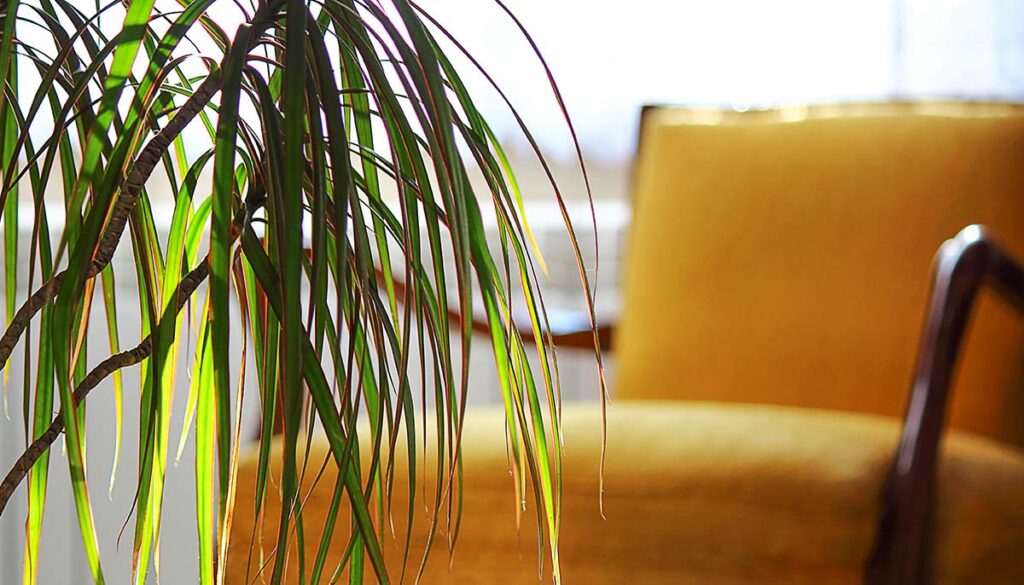
The flaming dragon tree is a seasoned pro when it comes to neglect. But if you want to see it flourish (and potentially become up to 10ft tall), put this one in a shade-drenched spot and make sure the soil stays moist.
Potting pro tip: Pick out a large pot for your dragon tree’s extensive root system.
Read More: Houseplants That Are Safe to Have Around Your Dogs and Cats
Weeping Fig (Ficus Benjamina)

The weeping fig prefers to soak in the morning sun and sit in the afternoon shade. So be prepared to move it around each day. Other than that, it won’t take much work to keep this one alive.
Wonderful for beginners, the weeping fig can easily tolerate most climate conditions, minus the frost. Per The Spruce, “the weeping fig is a very easy tree to maintain because it has a good tolerance for the limited light conditions of indoor environments.”
Swiss Cheese Plant (Monstera Deliciosa)
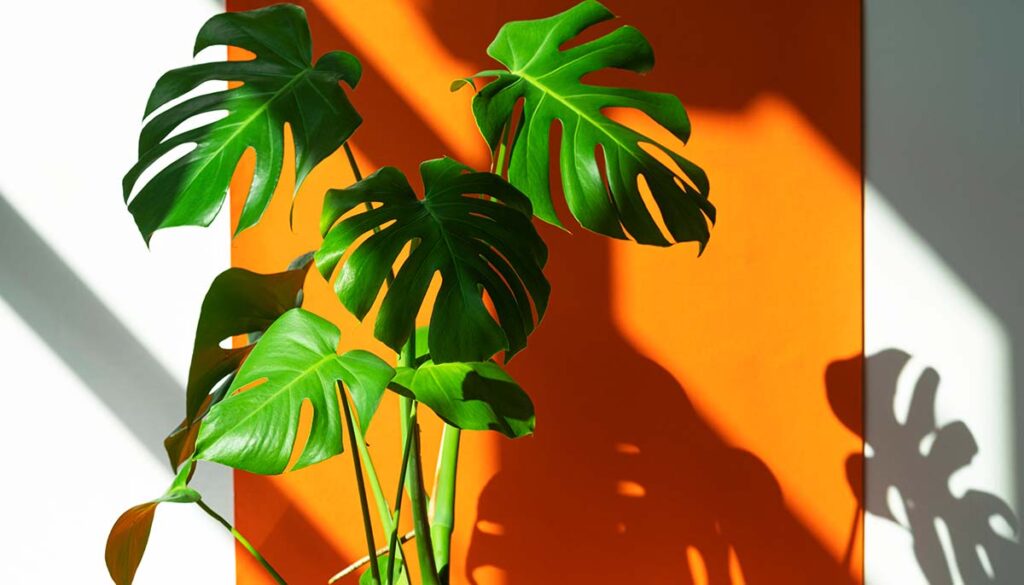
With its dark, glossy leaves and distinctive shape, the Monstera Deliciosa is a very popular houseplant these days. It’s also easy to care for. Give it bright to medium indirect light, and even if you forget to water it, it’ll typically be okay.
Swiss Cheese Plants can tolerate drought surprisingly well. However, try to keep the soil a little moist but not damp for this pretty plant to remain its healthiest. In more good news for your developing green thumb, it’s not hard to propagate this one.
Pothos
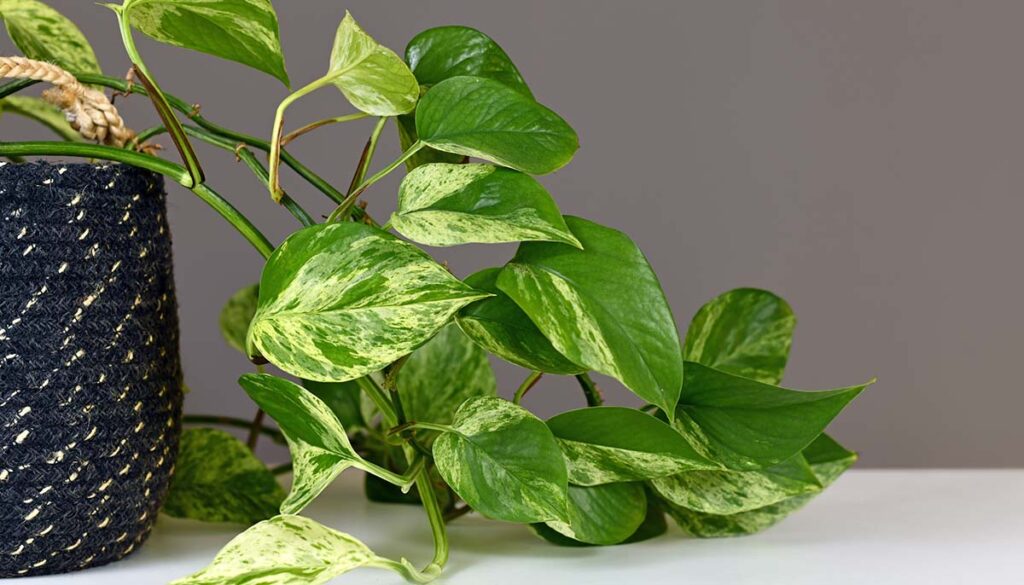
Pothos is the most widely purchased house plant on the planet for good reason. They come in many varieties and dazzle with their twirling vines and waxy, painted leaf patterns. In addition to their natural good looks, they often wear the crown of “hardest houseplant to kill.”
Indoors, pothos will typically grow with or without your help. You might be shocked just how long they can hang on without water, often making them an ideal choice for even the most reluctant plant parent. Thanks in large part to their uncanny ability to thrive solo, they’re also my favorite plant to propagate in water. Officially, my entire house is a water pothos world, and I am a water pothos girl!
Read More: Houseplants You Shouldn’t Bring Home If You Have Pets
Heart Philodendron
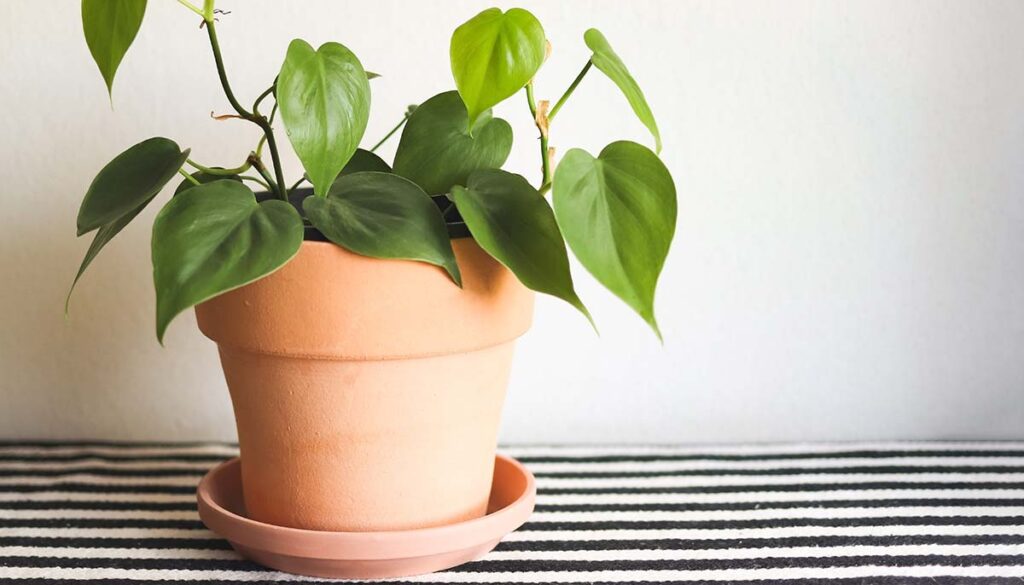
With its climbing, cascading vines, and heart-shaped leaves, the Philodendron Hederaceum is a lot like the pothos. They can handle heavy neglect, and they’re just as easy to care for and propagate.
While technically from the same family as the pothos, philodendrons come with their own set of unique characteristics and needs. Here’s how to spot the difference and take care of this hardy houseplant, compliments of The Spruce.
Air Plants
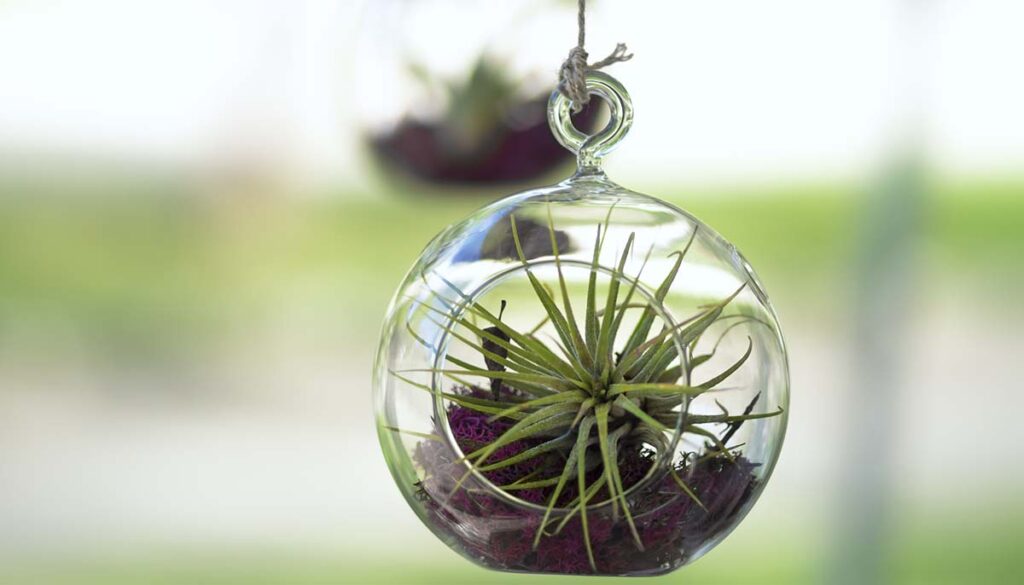
In the houseplant realm, “Air Plant” is more of a category than a family. Air plants don’t grow in soil. Instead, they attach their roots to surrounding objects. Without soil, you might be wondering where they get their nutrients. Adding to their uniqueness, these aesthetically pleasing plants absorb everything they need from the air. They do particularly well on trees, where they can more easily take in debris. But they’ll thrive in your home too.
The most important aspect of caring for an air plant is making sure it has humidity. Aside from that, it doesn’t need much else from you.
When it’s time to water them, some air plants prefer to be dunked in water once a week for an hour. Others prefer to be spritzed every few days. Get to know your air plant variety’s specific but sparse needs, then watch it grow on its own. Not to mention, you’ll never need to re-pot it.
Read More: How to Keep Your Plants Alive While You’re on Vacation


